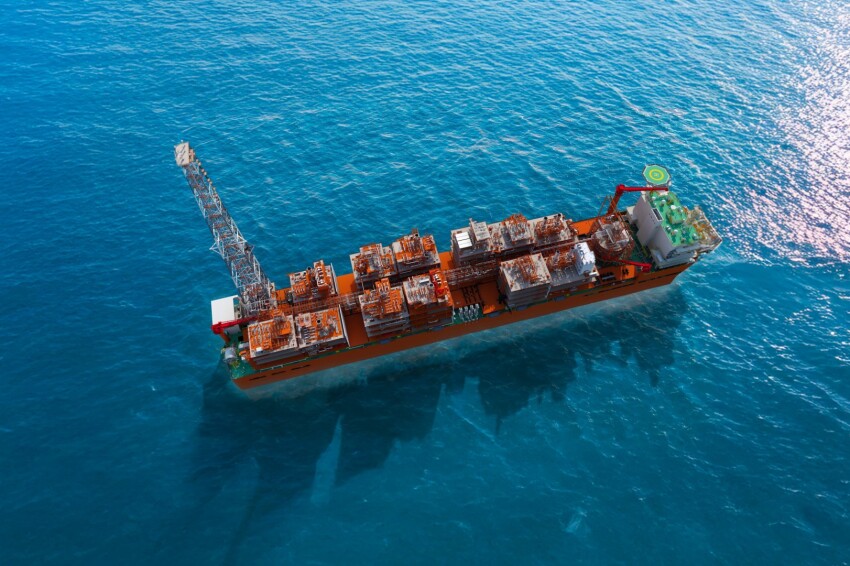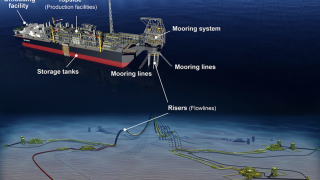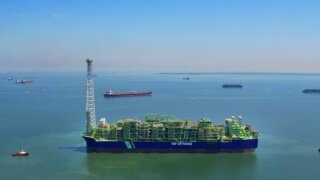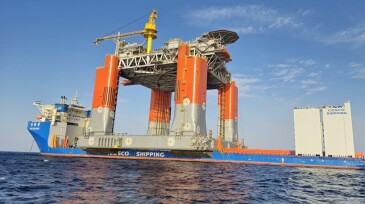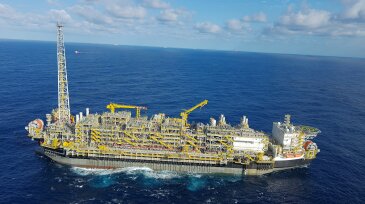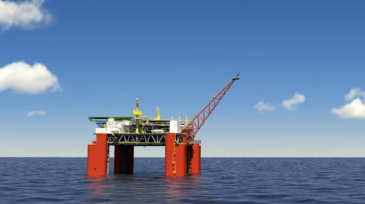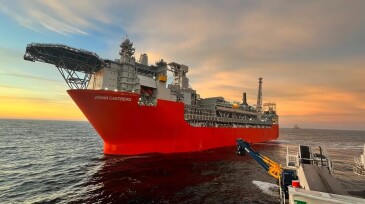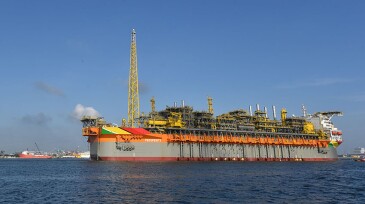Floating production systems
Mozambique is poised to become Africa’s third-largest exporter of liquefied natural gas when Coral Norte comes onstream in 2028.
MODEC will supply the FPSO that will host up to 18 wells in the initial phase of development.
BW Opal FPSO has capacity for 850 MMcf/D of gas, which will be treated and sent on to the Darwin LNG facility, and 11,000 B/D of condensate, which will transferred via tanker.
-
First oil from Beacon Offshore’s Shenandoah is on track for the second quarter of 2025. Project partners also have sanctioned a second phase of development and are advancing plans for a related project.
-
Deepwater subsea tieback expected online by the end of the decade, targeting more than 300 million BOE.
-
This paper presents the operator’s learnings in evaluating the routine of a floating production, storage, and offloading asset crew to identify scenarios for the application of robotics in day-to-day offshore activities.
-
FPSO to be connected to high-pressure subsea separation technology pilot project.
-
Petrobras said the unit serving the pre-salt field is designed to reduce up to 24% of emissions.
-
Contactor will provide EPCI work related to the subsea portion of the 20K Gulf of Mexico development.
-
The field's massive FPSO is anchored in place and on schedule for first oil prior to year-end.
-
As Hurricane Francine bore down on the central Louisiana coast, production in the Gulf of Mexico took a hit.
-
The updated plan seeks to avert termination of the PSA by raising total investment and constructing a floating production unit at Aphrodite plus an export pipeline to Egypt.
-
Since the late 1930s, the offshore industry has advanced from the first platform in 14 ft of water to the ultradeepwater 20K era. Driven by seismic, drilling, and development breakthroughs, the industry has pushed into deeper waters, high-pressure reservoirs, and new frontiers like Guyana, continually expanding the limits of offshore exploration.

